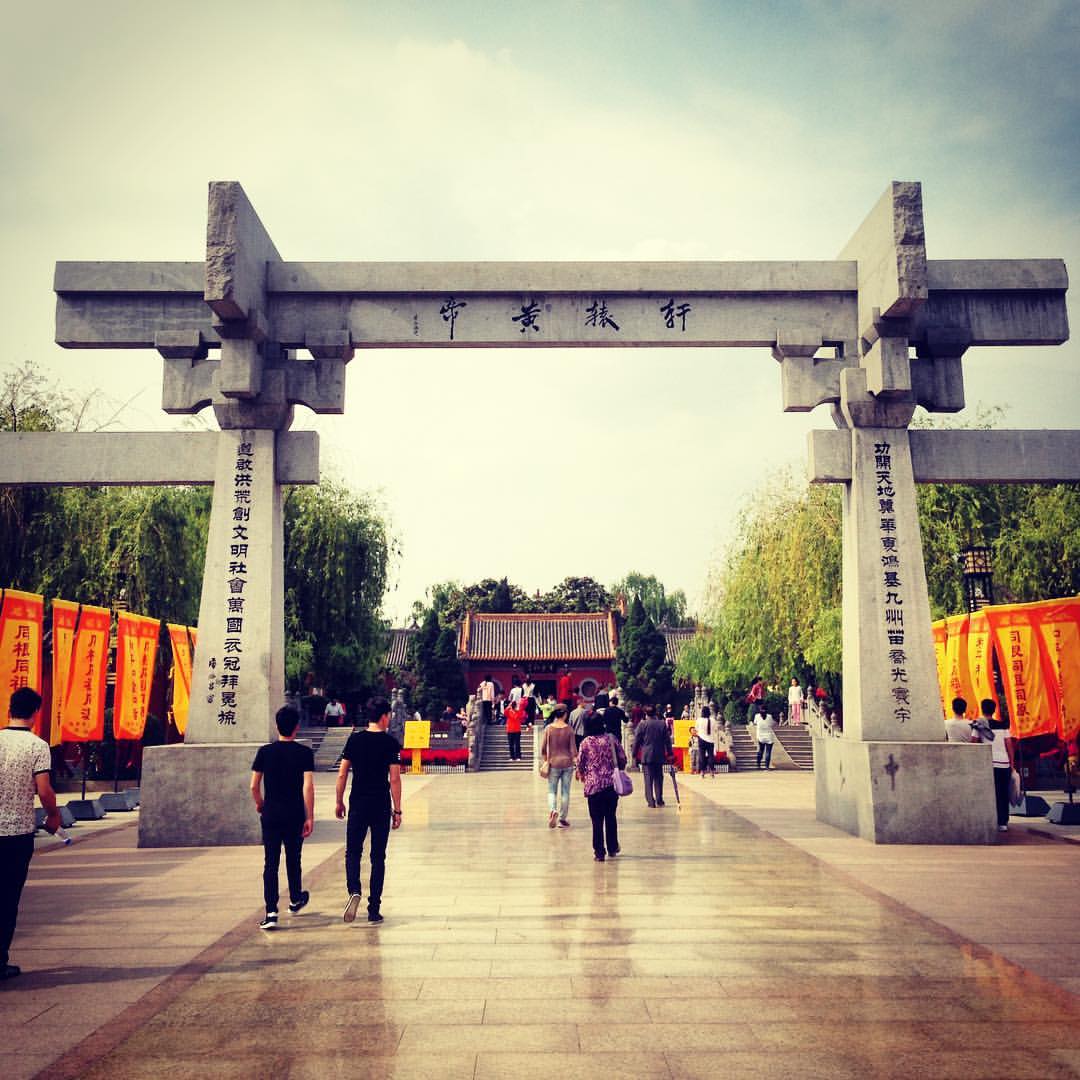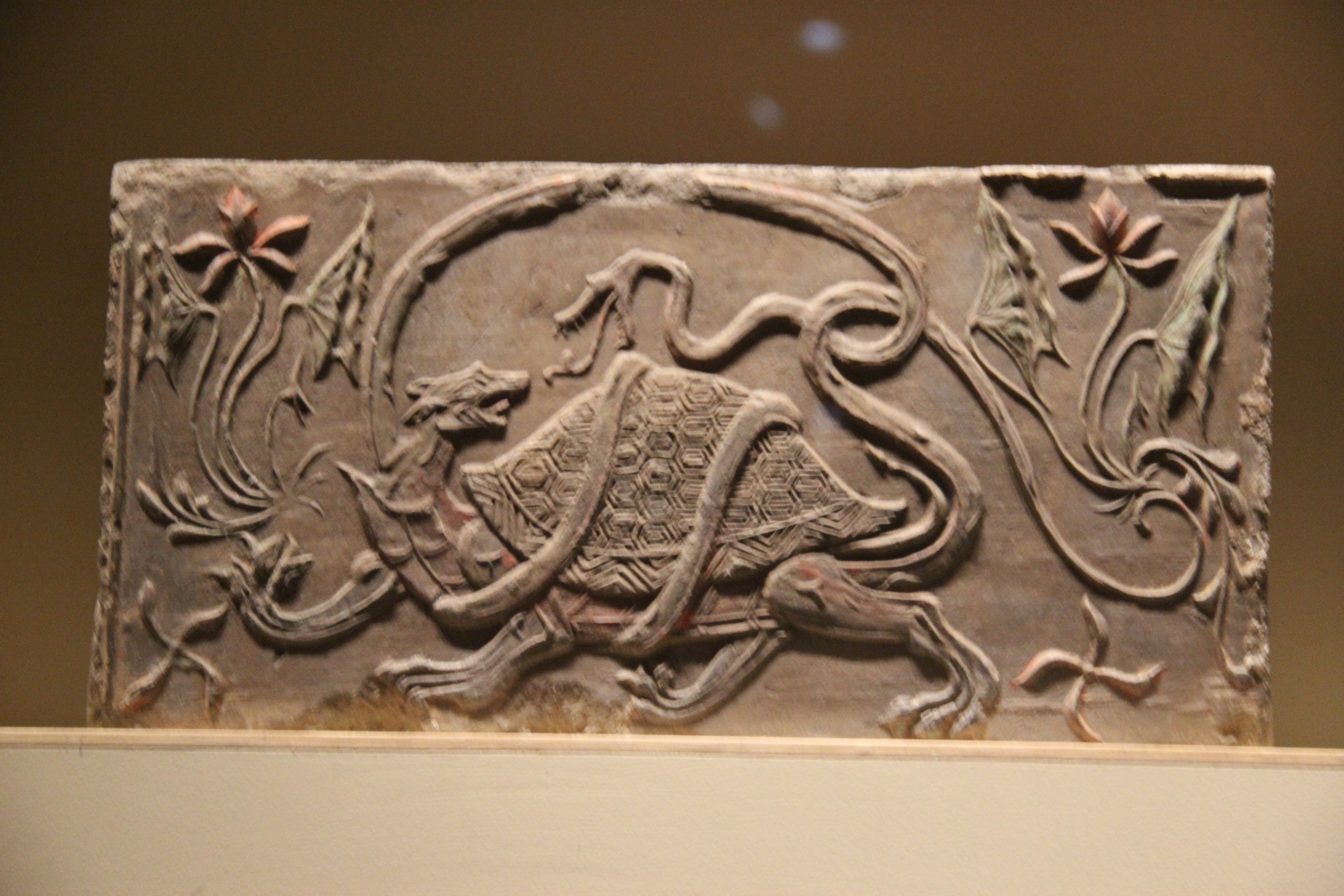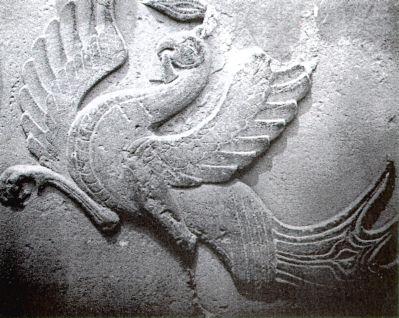|
Color In Chinese Culture
Chinese culture attaches certain values to colors, like which colors are considered auspicious () or inauspicious (). The Chinese word for "color" is ''yánsè'' (). In Classical Chinese, the character ''sè'' () more accurately meant "color in the face", or "emotion". It was generally used alone and often implied sexual desire or desirability. During the Tang Dynasty, the word ''yánsè'' came to mean all color. A Chinese idiom which is used to describe many colors, ''Wǔyánliùsè'' (五顏六色), can also mean colors in general. Theory of the Five Elements (Wuxing 五行) In traditional Chinese art and culture, black, red, qing () ( a conflation of the idea of green and blue), white and yellow are viewed as standard colors. These colors correspond to the five elements ( 五行) of water, fire, wood, metal and earth, taught in traditional Chinese physics. Throughout the Shang, Tang, Zhou and Qin dynasties, China's emperors used the '' Theory of the Five Elements'' to s ... [...More Info...] [...Related Items...] OR: [Wikipedia] [Google] [Baidu] |
Chinese Cardinal And Intermediary Colors
Chinese can refer to: * Something related to China * Chinese people, people of Chinese nationality, citizenship, and/or ethnicity **''Zhonghua minzu'', the supra-ethnic concept of the Chinese nation ** List of ethnic groups in China, people of various ethnicities in contemporary China ** Han Chinese, the largest ethnic group in the world and the majority ethnic group in Mainland China, Hong Kong, Macau, Taiwan, and Singapore ** Ethnic minorities in China, people of non-Han Chinese ethnicities in modern China ** Ethnic groups in Chinese history, people of various ethnicities in historical China ** Nationals of the People's Republic of China ** Nationals of the Republic of China ** Overseas Chinese, Chinese people residing outside the territories of Mainland China, Hong Kong, Macau, and Taiwan * Sinitic languages, the major branch of the Sino-Tibetan language family ** Chinese language, a group of related languages spoken predominantly in China, sharing a written script (Chin ... [...More Info...] [...Related Items...] OR: [Wikipedia] [Google] [Baidu] |
Mars
Mars is the fourth planet from the Sun and the second-smallest planet in the Solar System, only being larger than Mercury (planet), Mercury. In the English language, Mars is named for the Mars (mythology), Roman god of war. Mars is a terrestrial planet with a thin atmosphere (less than 1% that of Earth's), and has a crust primarily composed of elements similar to Earth's crust, as well as a core made of iron and nickel. Mars has surface features such as impact craters, valleys, dunes and polar ice caps. It has two small and irregularly shaped moons, Phobos (moon), Phobos and Deimos (moon), Deimos. Some of the most notable surface features on Mars include Olympus Mons, the largest volcano and List of tallest mountains in the Solar System, highest known mountain in the Solar System and Valles Marineris, one of the largest canyons in the Solar System. The North Polar Basin (Mars), Borealis basin in the Northern Hemisphere covers approximately 40% of the planet and may be a la ... [...More Info...] [...Related Items...] OR: [Wikipedia] [Google] [Baidu] |
Chidi (god)
''Chìdì'' ( "Red Deity" or "Red Emperor") or ''Chìshén'' ( "Red God"), also known as the ''Nándì'' ( "South Deity") or ''Nányuèdàdì'' ( "Great Deity of the Southern Peak"), as a human was '' Shénnóng'' ( "Farmer God" or "Plowing God"), who is also the same as '' Yándì'' ( "Flame Deity" or "Fiery Deity"), a function occupied by different gods and god-kings in mytho-history. Shennong is also one of the Three Patrons, specifically the patron of humanity ( ''Rénhuáng''), and the point of intersection of the Three Patrons and Huangdi. In response to Wu Xing thought and Tu Shi, the founder of the Han Dynasty, Liu Bang, is said to be the son of the Red Emperor; in the Han Dynasty God of the Five Directions, the Red Emperor represents the Southern God. Among the Taoist deities, there are also deities that use the title of Red Emperor, such as Hung Shing. The title has been used to refer to Yan Emperor The Yan Emperor () or the Flame Emperor was a legendary anci ... [...More Info...] [...Related Items...] OR: [Wikipedia] [Google] [Baidu] |
Cāngdì
Cāngdì ( "Green Deity" or "Green Emperor") of Dōngyuèdàdì ( "Great Deity of the Eastern Peak") is the manifestation of the supreme God associated with the essence of wood and spring, for which he is worshipped as the god of fertility. The Bluegreen Dragon ( ''Qīnglóng'') is both his animal form and constellation, and as a human, he was ''Tàihào'' ( Fu Xi). His female consort is the goddess of fertility Bixia. His astral body is Jupiter. Names Cāngdì ( "Green Deity" or "Green Emperor") goes by several other names, such as Cāngshén ( "Green God"), also known as Qīngdì ( "Blue Deity" or "Bluegreen Deity") or Qīngshén ( "Bluegreen God"), and cosmologically as the Dōngdì ( "East Deity") or Dōngyuèdàdì ( "Great Deity of the Eastern Peak") Overview The Confucian text, the Rites of Zhou, discusses the concept of the so-called " Wufang Shangdi". The History, quoted in the Kokuyo, refers to the following: Cangdi (or ''Qingdi''), Huangdi, Heidi, Chidi, an ... [...More Info...] [...Related Items...] OR: [Wikipedia] [Google] [Baidu] |
Wufang Shangdi
The Wǔfāng Shàngdì ( "Five Regions' Highest Deities" or "Highest Deities of the Five Regions"), or simply Wǔdì ( "Five Deities") or Wǔshén ( "Five Gods") are, in Chinese canonical texts and common Chinese religion, the fivefold manifestation of the supreme God of Heaven ( ''Tiān''). This theology dates back at least to the Shang dynasty. Described as the "five changeable faces of Heaven", they represent Heaven's cosmic activity which shapes worlds as ''tán'' , "altars", imitating its order which is visible in the starry vault, the north celestial pole and its spinning constellations. The Five Deities themselves represent these constellations. In accordance with the Three Powers ( Sāncái) they have a celestial, a terrestrial and a chthonic form. The Han Chinese identify themselves as the descendants of the Red and Yellow Deities. They are associated with the five colors, the five phases of the continuous creation, the five key planets of the Solar System and the ... [...More Info...] [...Related Items...] OR: [Wikipedia] [Google] [Baidu] |
Heavenly Stems
The ten Heavenly Stems or Celestial Stems () are a Chinese system of ordinals that first appear during the Shang dynasty, c. 1250 BC, as the names of the ten days of the week. They were also used in Shang-period ritual as names for dead family members, who were offered sacrifices on the corresponding day of the Shang week. The Heavenly Stems were used in combination with the Earthly Branches, a similar cycle of twelve days, to produce a compound cycle of sixty days. Subsequently, the Heavenly Stems lost their original function as names for days of the week and dead kin, and acquired many other uses, the most prominent and long lasting of which was their use together with the Earthly Branches as a 60-year calendrical cycle. The system is used throughout East Asia. Table The Japanese names of the Heavenly Stems are based on their corresponding Wuxing elements (e.g. ''ki'' for "wood", ''mizu'' for "water"), followed by the possessive/attributive particle の (''no'') and the word ... [...More Info...] [...Related Items...] OR: [Wikipedia] [Google] [Baidu] |
Black Tortoise
The Black Tortoise () is one of the Four Symbols of the Chinese constellations. Despite its English name, it is usually depicted as a tortoise entwined together with a snake. The name used in East Asian languages does not mention either animal; the alternative name "Black Warrior ~ Dark Warrior ~ Mysterious Warrior" is a more faithful translation. It represents the north and the winter season, thus it is sometimes called Xuanwu (Black Tortoise, lit. Black Warrior) of the North (). In Japan, it is named Genbu. It is said to protect Kyoto on the north side, being one of the four guardian spirits that protect the city. It is represented by the Kenkun Shrine, which is located on top of Mt Funaoka in Kyoto. The creature's name is identical to that of the important Taoist god Xuanwu, who is sometimes (as in ''Journey to the West'') portrayed in the company of a turtle and a snake. History During the Han dynasty, people often wore jade pendants that were in the shape of turtl ... [...More Info...] [...Related Items...] OR: [Wikipedia] [Google] [Baidu] |
White Tiger (Chinese Constellation)
The White Tiger (Chinese: 白虎, Pinyin: ''Báihǔ''), known in Chinese as Baihu, is one of the Four Symbols of the Chinese constellations. It is sometimes called the White Tiger of the West (). It represents the west in terms of direction and the autumn season. It is known as Byakko in Japanese, Baekho in Korean, and Bạch Hổ in Vietnamese. Seven Mansions As with the other three Symbols, there are seven astrological "Mansions" (positions of the Moon) within the White Tiger. The names and determinative stars are: Origin In Chinese culture, the tiger is the king of the beasts and has been presented with a () on his forehead for centuries. According to legend, the tiger's tail would turn white when it reached the age of 500 years. In this way, the white tiger became a kind of mythological creature. It was said that the white tiger would only appear when the emperor ruled with absolute virtue or if there was peace throughout the world. Because the color white of the Wu Xing ... [...More Info...] [...Related Items...] OR: [Wikipedia] [Google] [Baidu] |
Yellow Dragon
The Yellow Dragon ( is the zoomorphic incarnation of the Yellow Emperor of the center of the universe in Chinese religion and mythology. The Yellow Emperor or Yellow Deity was conceived by Fubao, who became pregnant after seeing a yellow ray of light turning around the Northern Dipper (in Chinese theology the principal symbol of God). Twenty-four months later, the Yellow Emperor was born and was associated with the color yellow because it is the color of the earth ('' Dì'' ), the material substance in which he incarnated. The Yellow Dragon is a part of ''Wuxing'' and the Four Symbols as the embodiment of the element of earth. Myths of Fuxi and Huangdi According to legends, the Yellow Dragon already manifested hornless to Fuxi, emerging from the River Luo, and instructed him with the elements of writing. When he appeared before Fuxi, he filled a hole in the sky made by the monster Gonggong. The Yellow Emperor was said to have turned into the form of the Yellow Dragon at ... [...More Info...] [...Related Items...] OR: [Wikipedia] [Google] [Baidu] |
Vermilion Bird
The Vermilion Bird ( zh, c=朱雀, p=Zhūquè) is one of the Four Symbols of the Chinese constellations. According to Wu Xing, the Taoist five elemental system, it represents the Fire element, the direction south, and the season summer correspondingly. Thus it is sometimes called the Vermilion Bird of the South ( Chinese: , ). It is described as a red bird that resembles a pheasant with a five-colored plumage and is perpetually covered in flames. It is known as Suzaku in Japanese, Jujak in Korean and Chu Tước in Vietnamese. It is often mistaken for the Fenghuang due to similarities in appearance, but the two are different creatures. The Fenghuang is a legendary ruler of birds who is associated with the Chinese Empress in the same way the dragon is associated with the Emperor, while the Vermilion Bird is a mythological spirit creature of the Chinese constellations. Seven Mansions of the Vermilion Bird As with the other three Symbols, there are seven astrological "Mansions" ... [...More Info...] [...Related Items...] OR: [Wikipedia] [Google] [Baidu] |
Chinese Constellation
Traditional Chinese astronomy has a system of dividing the celestial sphere into asterisms or constellations, known as "officials" (Chinese ''xīng guān''). The Chinese asterisms are generally smaller than the constellations of Hellenistic tradition. The Song dynasty (13th-century) Suzhou planisphere shows a total of 283 asterisms, comprising a total of 1,565 individual stars. The asterisms are divided into four groups, the Twenty-Eight Mansions (, ''Èrshíbā Xiù'') along the ecliptic, and the Three Enclosures of the northern sky. The southern sky was added as a fifth group in the late Ming Dynasty based on European star charts, comprising an additional 23 asterisms. The Three Enclosures (, ''Sān Yuán'') include the Purple Forbidden Enclosure, which is centered on the north celestial pole and includes those stars which could be seen year-round,Needham, J.Astronomy in Ancient and Medieval China. ''Philosophical Transactions of the Royal Society of London''. Series A, ... [...More Info...] [...Related Items...] OR: [Wikipedia] [Google] [Baidu] |




